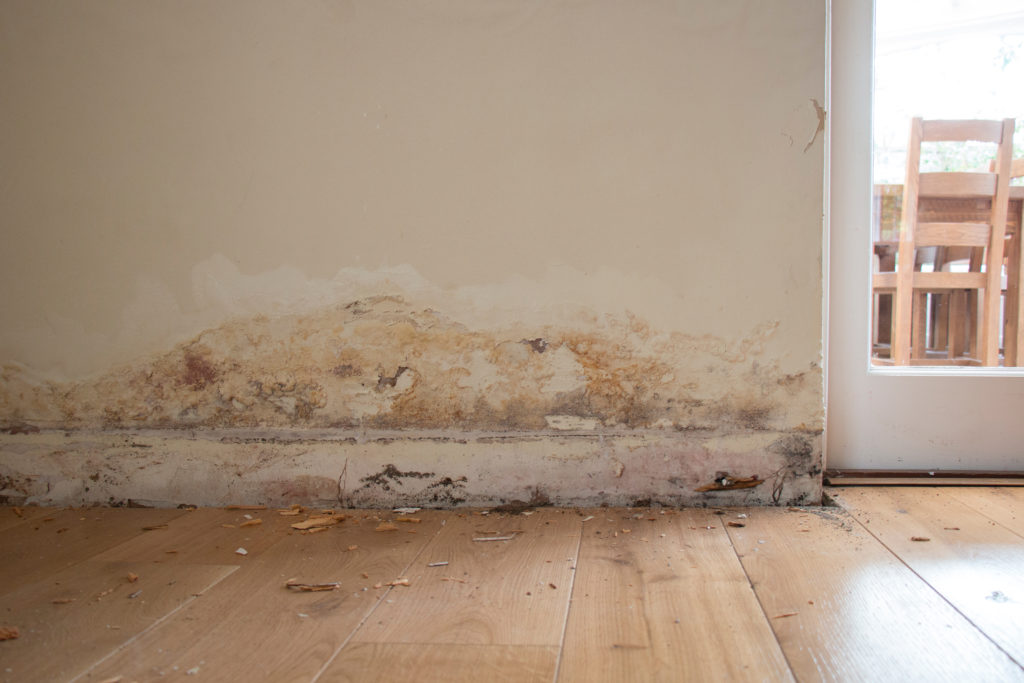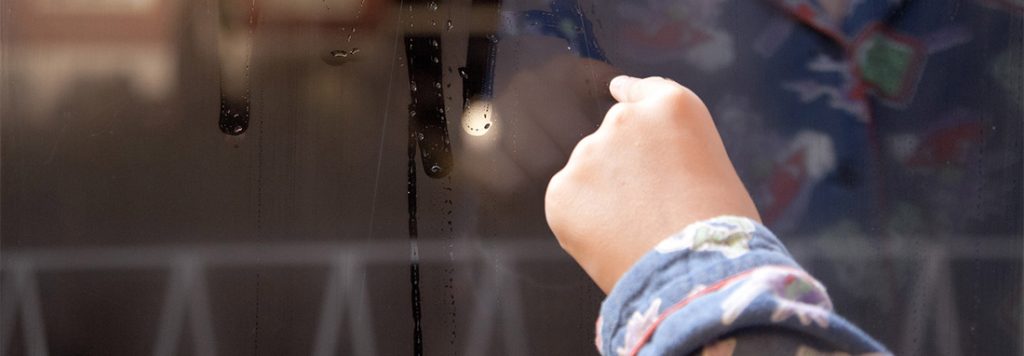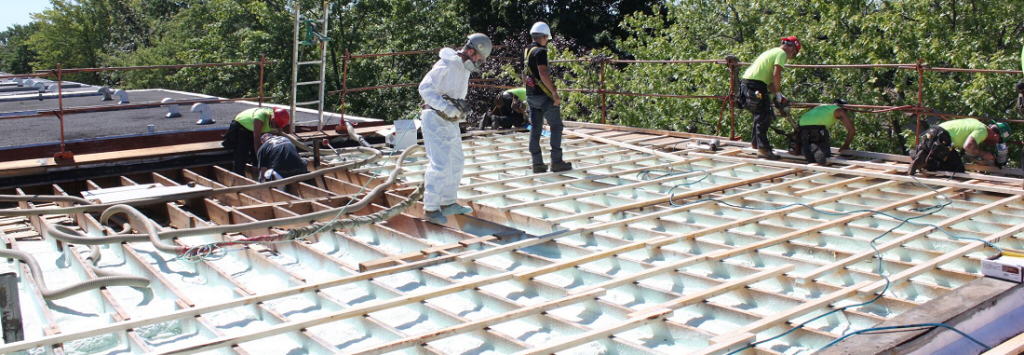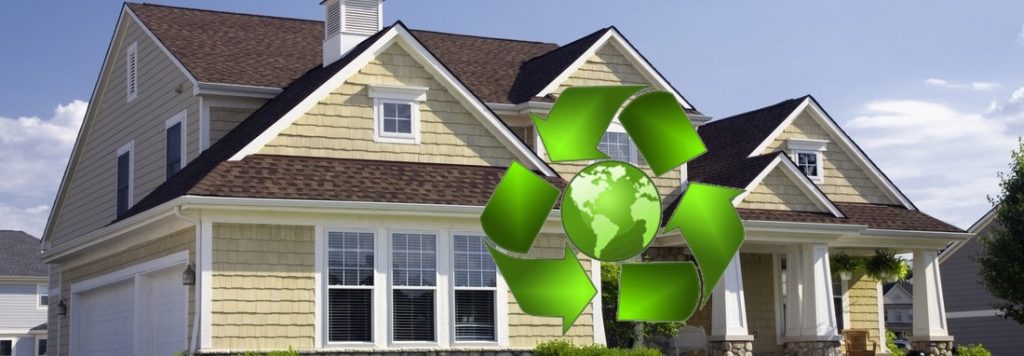If there’s one thing you never want in your home, it’s mildew. Made up of microscopic fungi whose spores can cause serious health problems, mildew develops mainly during the winter, when indoor humidity condenses on windows, door frames, walls and poorly ventilated corners.
CAUSES OF MILDEW ON WALLS AND CEILINGS
Although moisture concentration is normally higher in the basement, bathroom, and kitchen, mildew can grow on any organic material: wood, drywall, dust, fabrics, etc. It can therefore be found everywhere in the house, as much on carpets, ceilings, tile joints and even in wardrobes!
Mildew is always caused by excessive humidity:
– Flood or water damage
– Water infiltration through the floor or in the walls
– Lack of ventilation accompanied by condensation
– Capillary rise (soil moisture that rises in the foundation walls)
– Space between the wall insulation and the foundation (presence of humidity in the walls)
– The insulation was installed while the concrete was still wet
– Humidity caused by one or more thermal bridges
– Etc.
HOW TO DETECT THE PRESENCE OF MILDEW?
Have you noticed a stain in the corner of a wall or around a window and aren’t sure you’re in the presence of mildew? Here is what characterizes these invasive fungi:
– Musty or earthy smell
– Green or black spots, more or less extensive
– Powdery or fluffy deposits
– Network of white filaments behind wallpaper

IMPORTANT: Feel free to remove surface mildew with bleach and a brush, but make sure to protect yourself from harmful spores by wearing a dust mask, goggles, and rubber gloves. If the contaminated surfaces reach more than 1 square metre, call a specialized enterprise.
INSULATING YOUR HOME AGAINST MILDEW
It is absolutely essential to find the source of the mildew and to correct the moisture problem, whatever it may be. In many cases, improving the insulation of the building can solve the problems caused by a wall or a cold corner.
Outside
Prevent mildew from taking hold by protecting your home as effectively as possible against these kinds of infiltration:
– Water
– Air
To do this, the exterior air barrier—properly installed and sealed—is essential.
Inside
Prevent water vapour from condensing inside the walls. For this, we recommend :
– The installation of a vapour barrier, perfectly installed and sealed
– The elimination, using type II sprayed urethane, of air pockets between the insulation and the substrate (cement) of the foundation wall, in order to avoid the risk of condensation and mildew
– Insulation of the rim joist using sprayed urethane (its geometry, which is favourable to air infiltration, requires a perfect seal, provided by the sprayed urethane)
HEALTH PROBLEMS CAUSED BY MILDEW
If you have a major mildew problem and are hesitant to take action, you should seriously consider the impact it has on your health and that of your family members. Indeed, the millions of spores released by microscopic fungi are known to:
– Irritate the skin, eyes and respiratory tract
– Cause cough, runny nose, and sinus congestion
– Cause allergic reactions
– Worsen asthma symptoms
– Cause chronic bronchitis, pneumonia, emphysema and other serious lung diseases
So keep an eye out for any trace of mildew, ventilate damp rooms appropriately, make good use of your dehumidifier (keep the humidity level between 40 and 50%) and make sure to improve the insulation of your home in order to protect yourself against humidity!
This article was originally published on July 1, 2022 by Pierre Boucher








